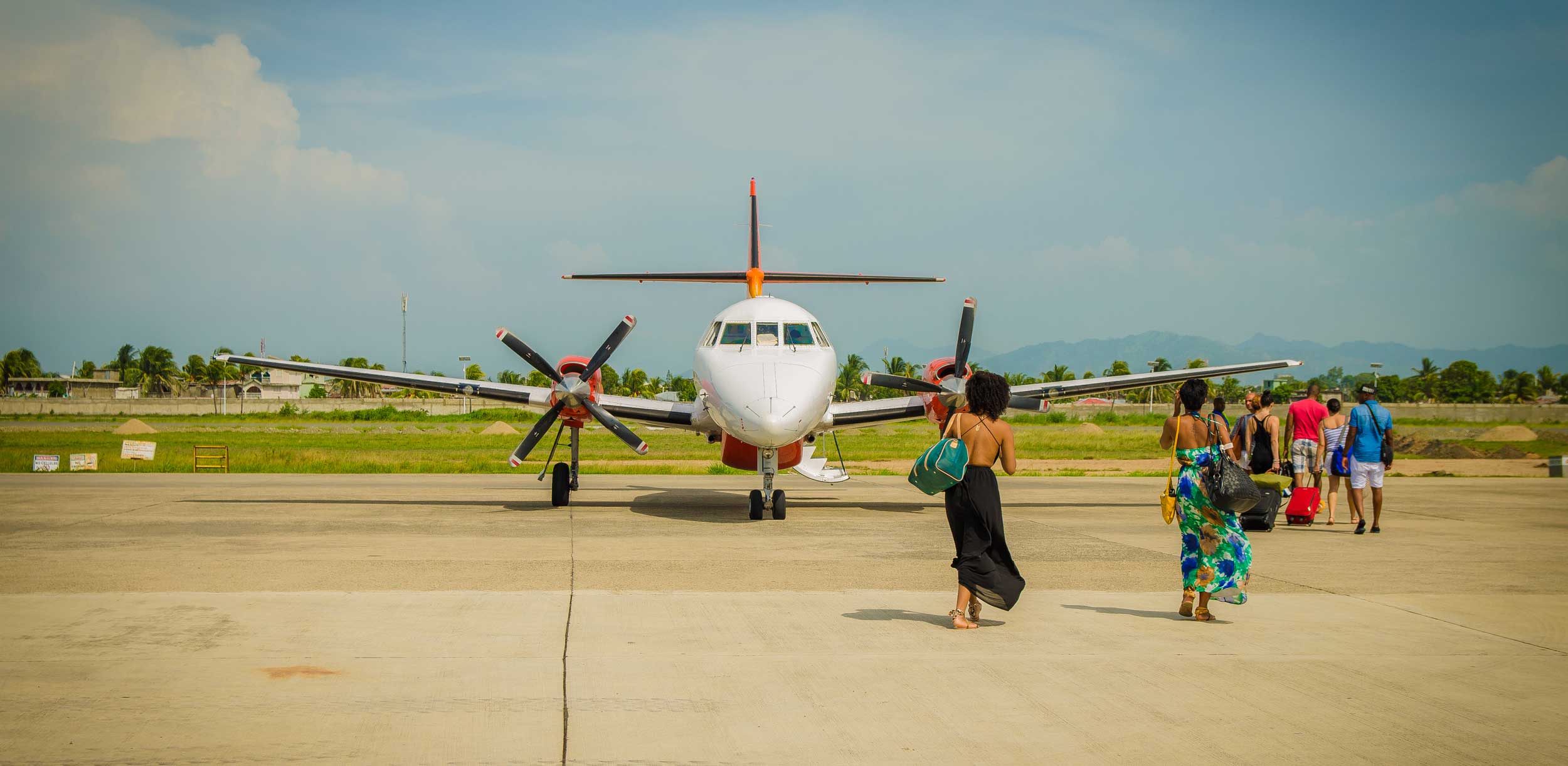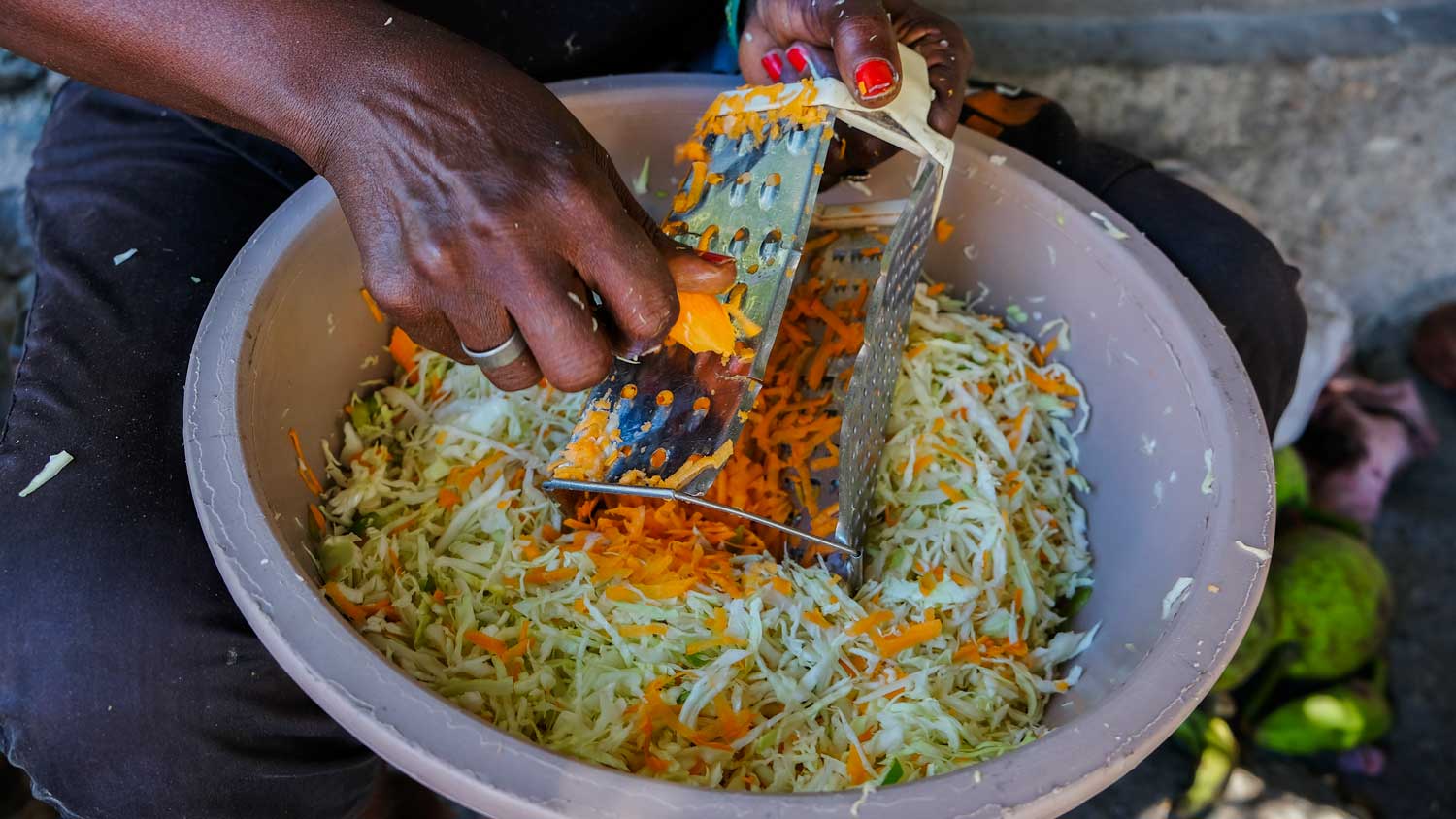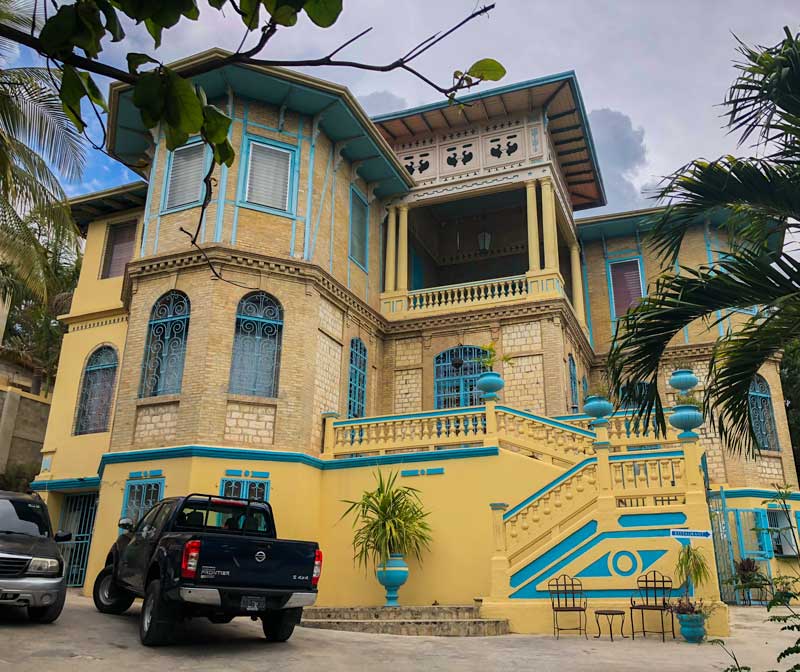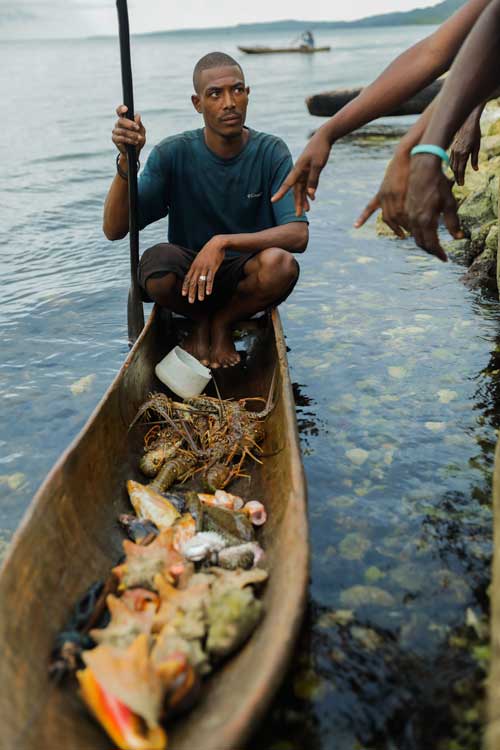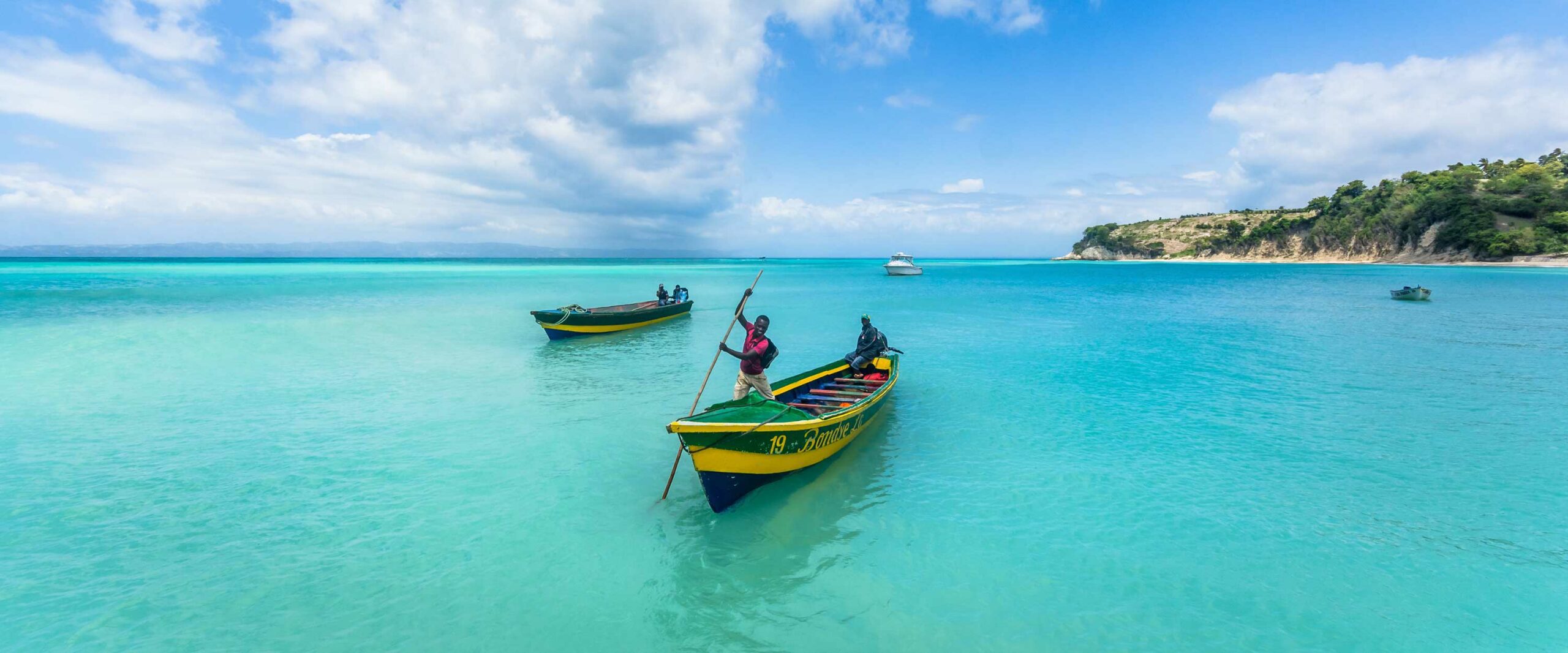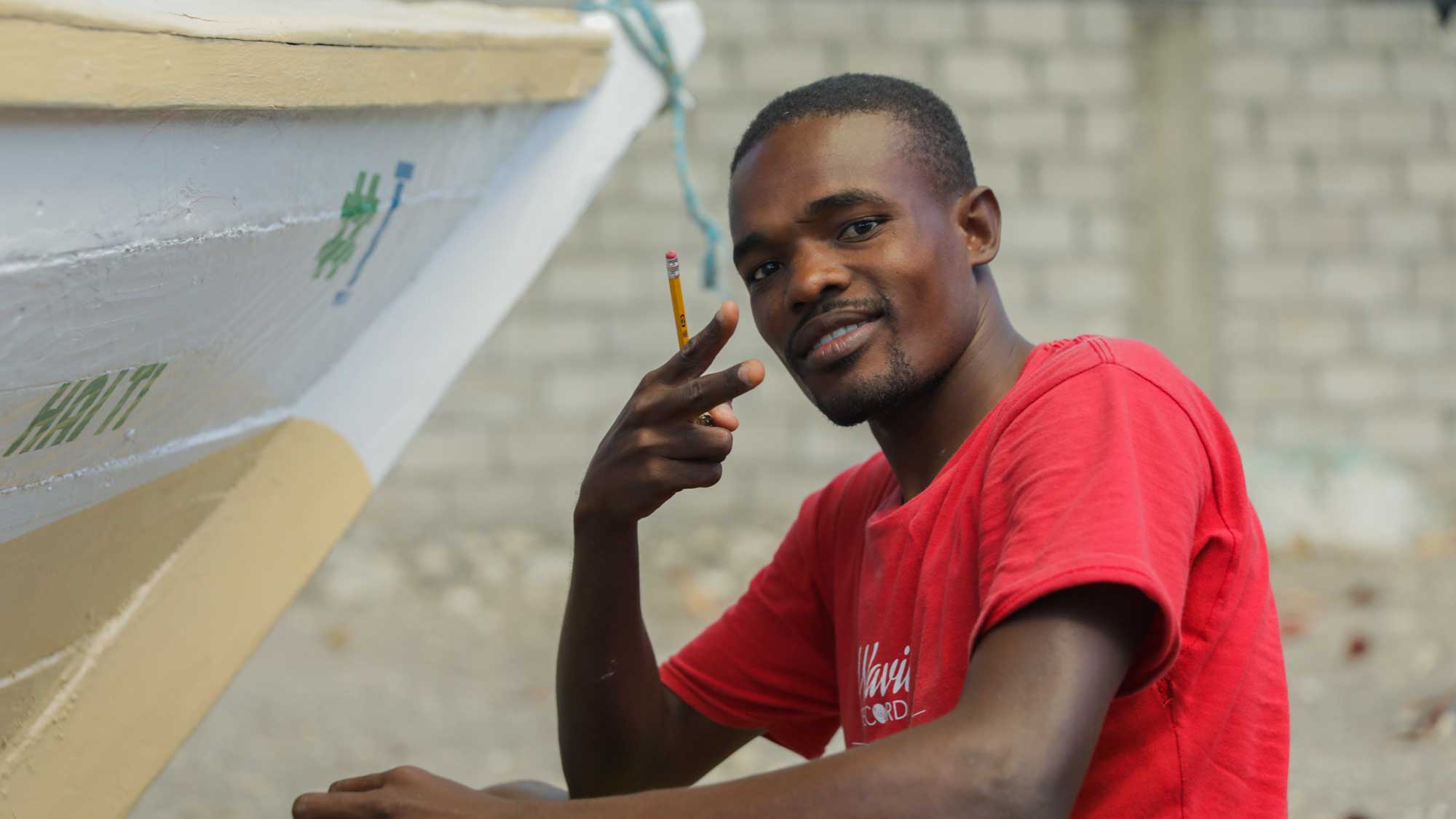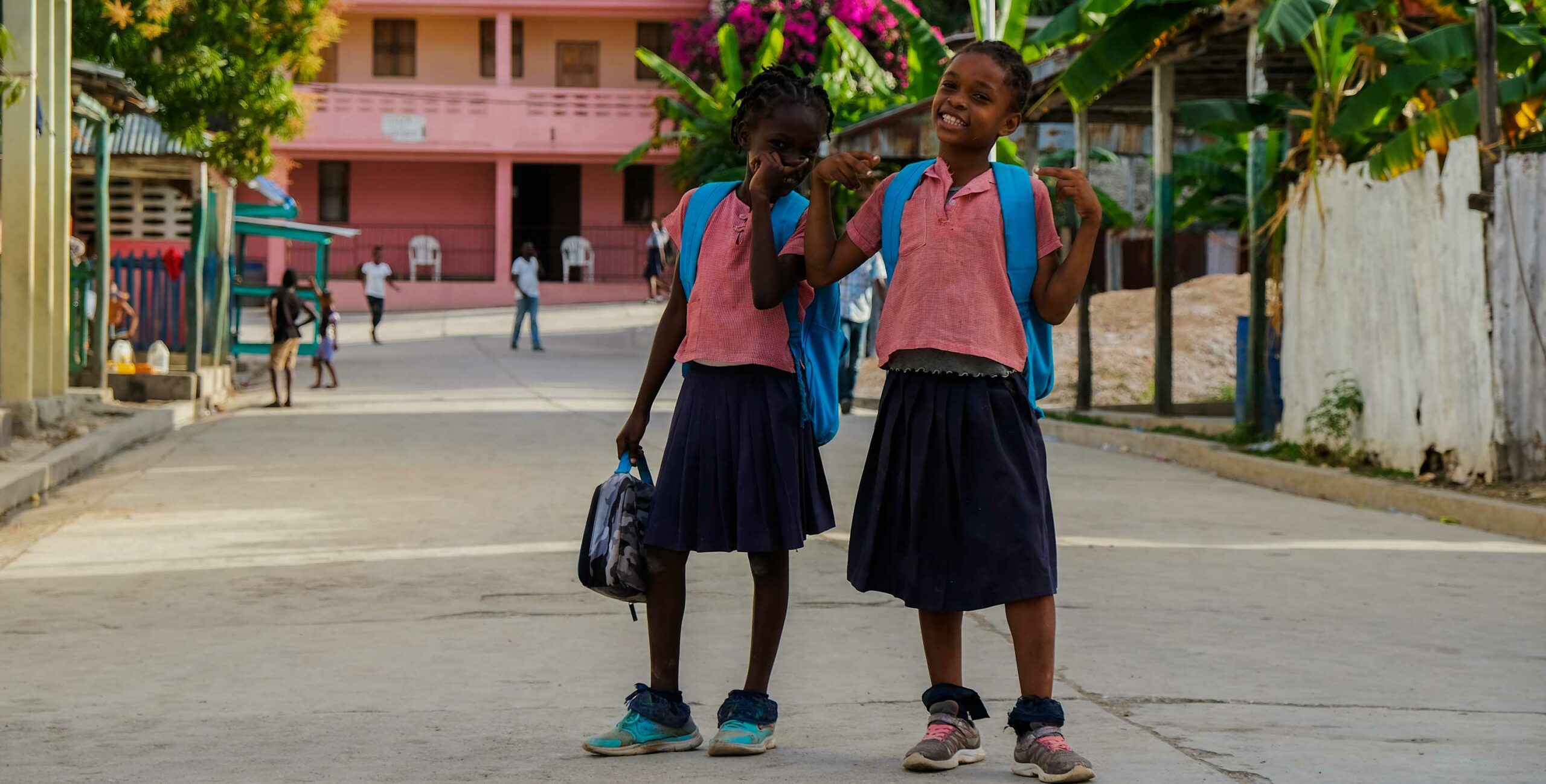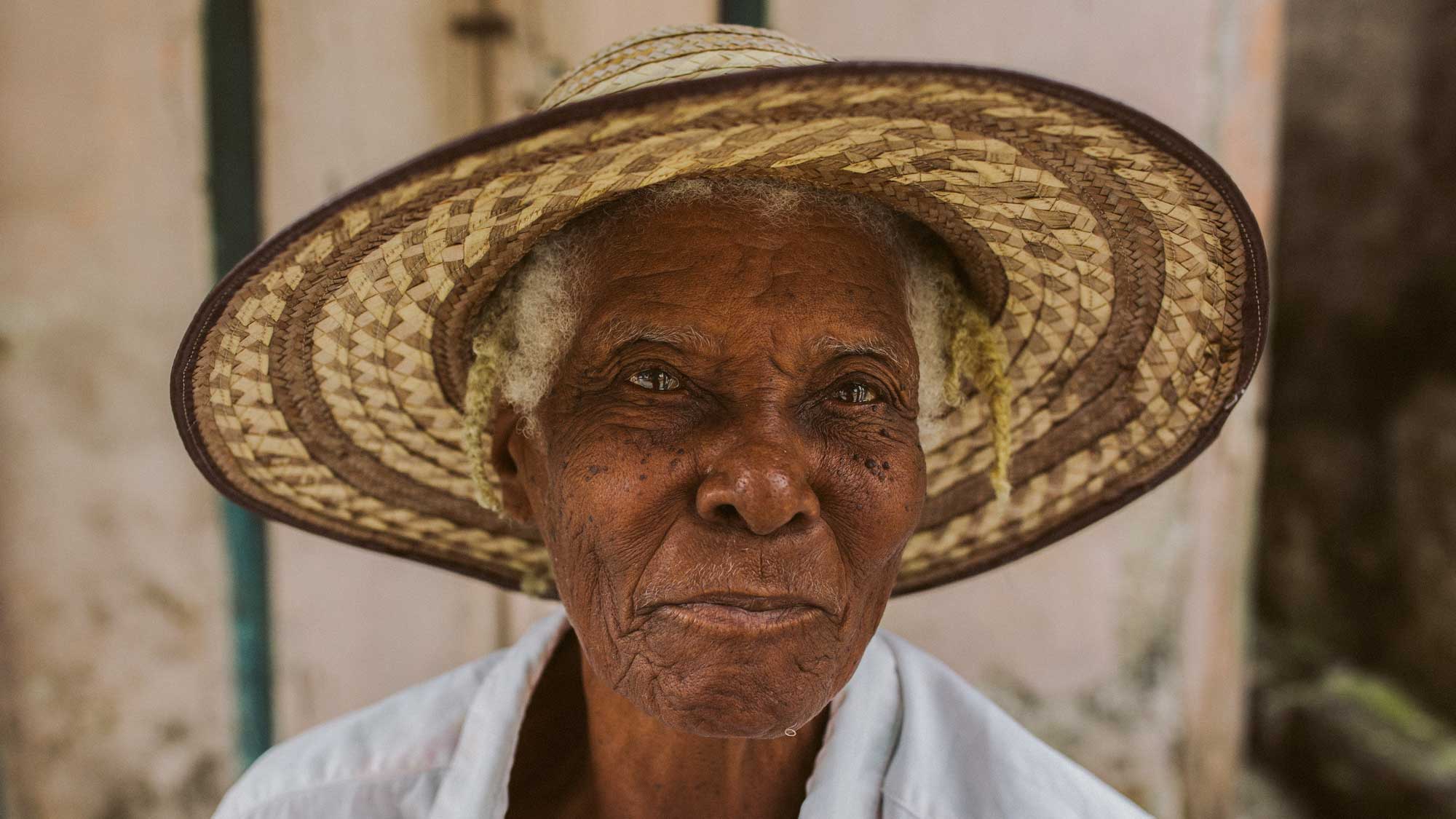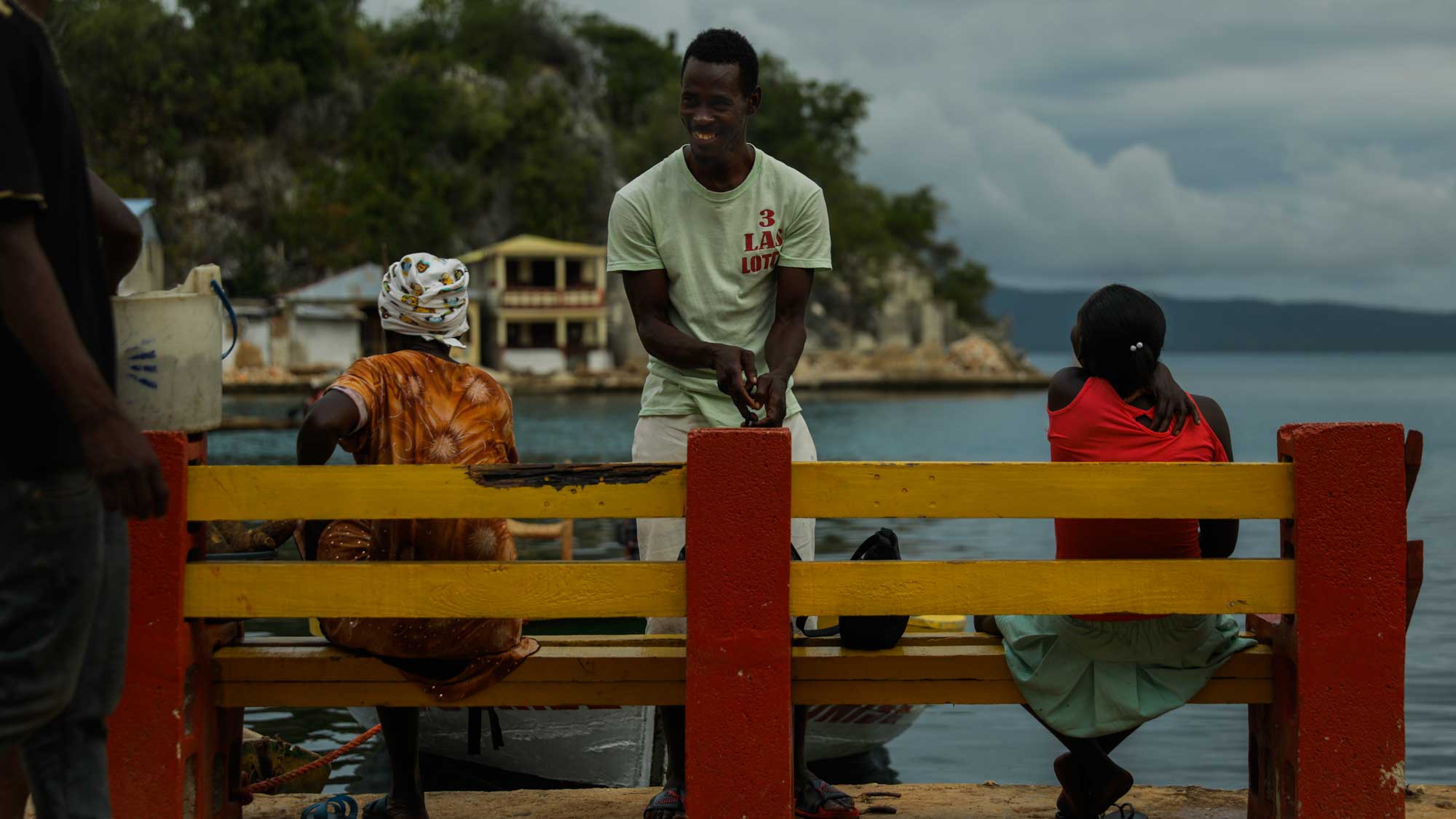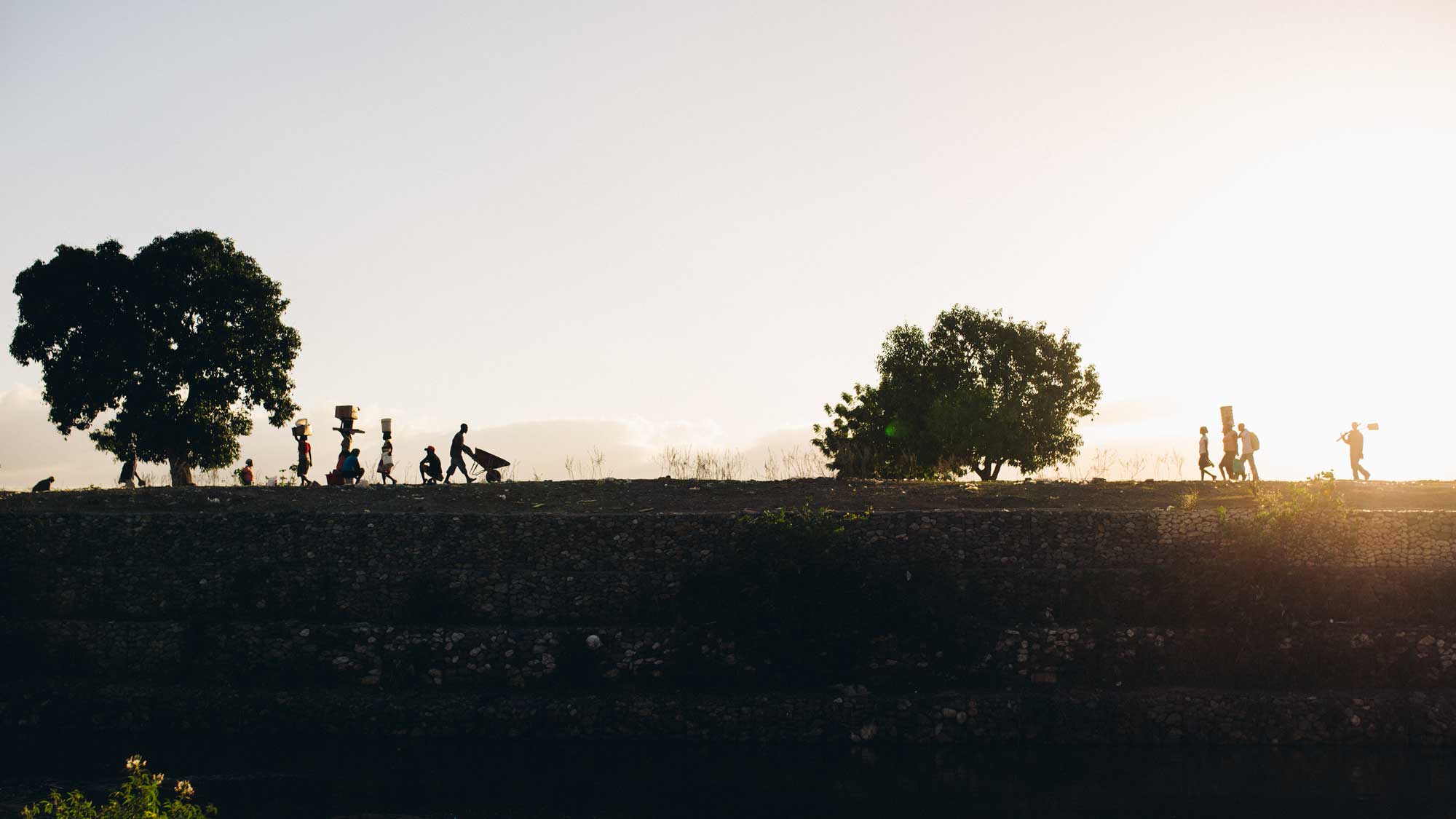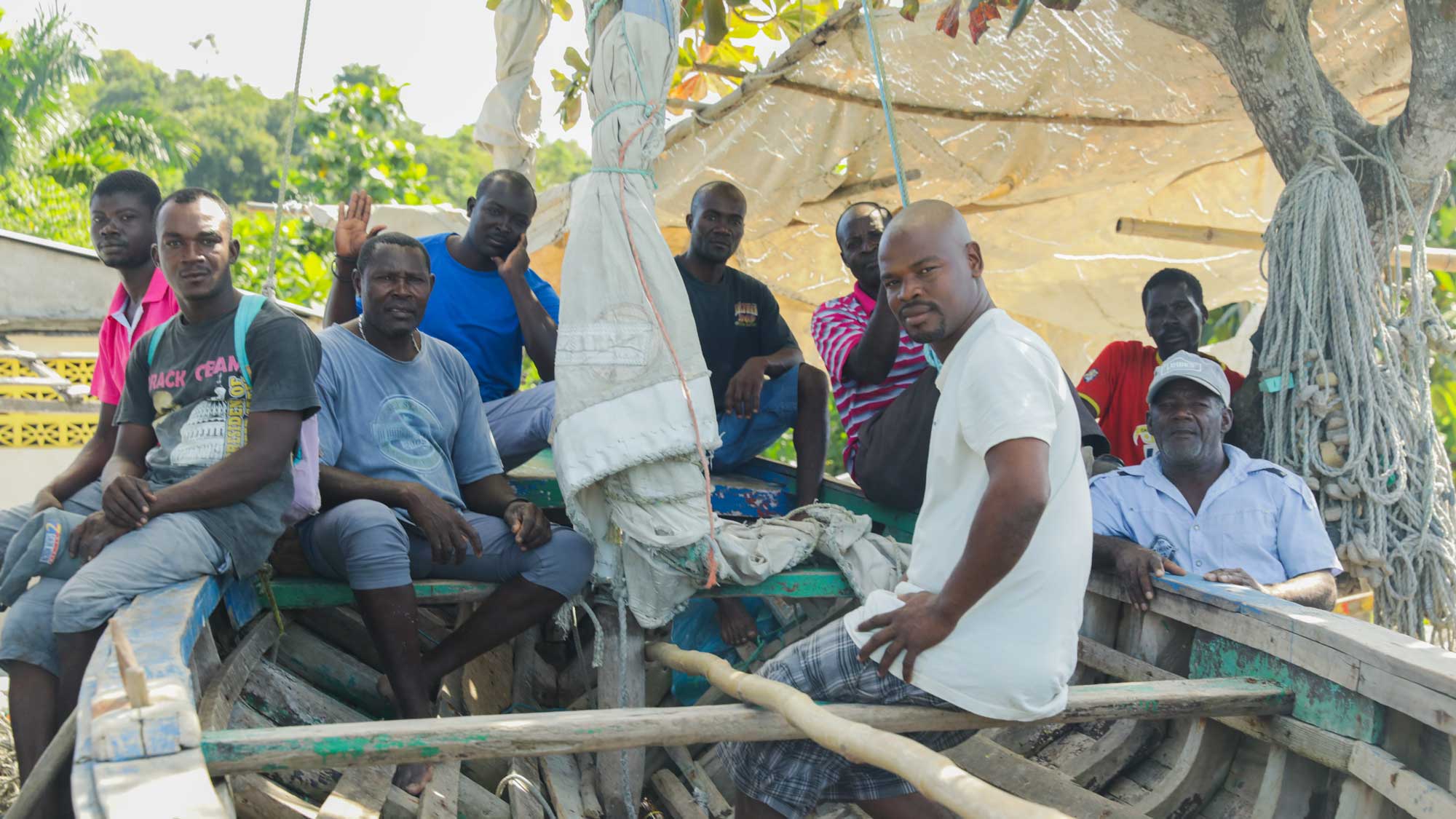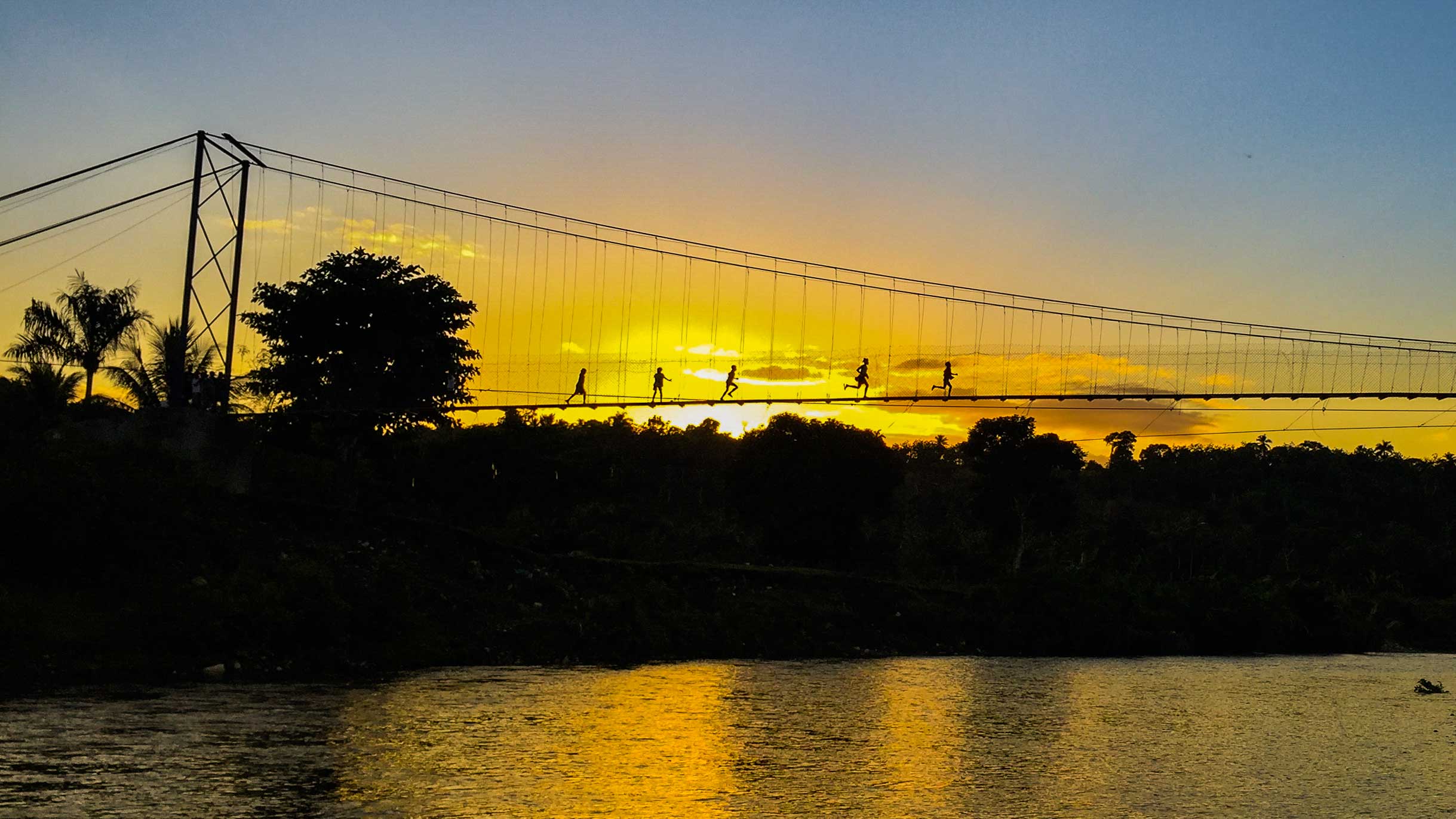
Photo: Ricardo Lartigue
When is the best time to visit Haiti?
In the heart of the Caribbean, close to the equator, Haiti is warm all year round.
Surprisingly, there’s quite a difference between its two seasons – wet and dry. There are several pros and cons to both, and cost is just the beginning.
November to March – Dry Season
Haiti’s dry season officially runs from November to March, with as few as three rainy days each month. Like the rest of the Caribbean, you can expect it to be humid, but thanks to trade winds from the North the humidity is tempered in coastal areas.
In dry season expect warm, blue-skies days and lovely afternoon breezes, especially along the coast and in the mountains.
The advantages of visit Haiti in dry season are many. Visitors from the northern hemisphere get to ditch snow or just boring-old-cold for sun and sand. With lower humidity and little rain, the dry season also provides the best conditions for surfing, snorkeling, diving and trekking. This is when the seas are at their calmest (and most photogenic).
It’s certainly the best time to hike to the La Selle range, and the spectacular natural features of Bassin Bleu, Bassin Zim and Dondon grottoes – unless you’re craving the added adventure of tackling slippery slopes on your way back down.
The downside of visiting Haiti during the dry season is that everyone else wants to, making it a little bit tricky, and sometimes expensive to secure a flight to get here. Particularly during December and January, tourism peaks and Haitians living abroad tend to come back to Haiti for end-of-year celebrations with their friends and family.
This doesn’t mean you shouldn’t book your Haitian getaway during December-March: it just means you’ll need to book further ahead to find flights and the perfect place to stay for a good deal.
If you’re struggling to find a flight in your price range for the time you want to travel, try breaking up your trip and booking the legs separately: for example, if you’re coming from the US, find a flight to Florida and then fly from Miami into Port-au-Prince.
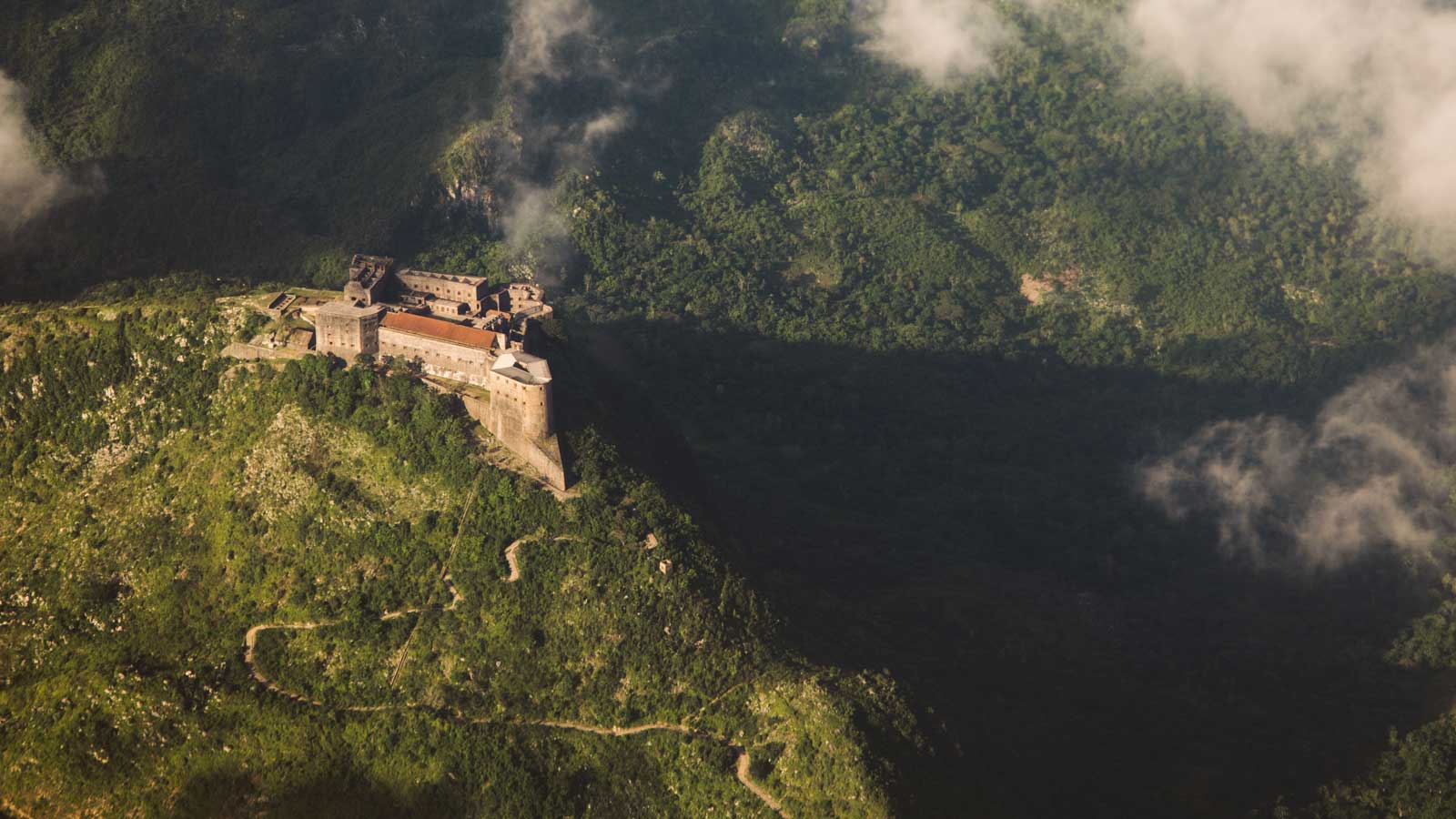
Photo: Kolektif 2 Dimansyon
Dry season key dates and events
November: the month of Gede – If you want to immerse yourself in Haitian culture, November is a great time to visit, being the month when Haitians celebrate Gede – a family of lwa in Haitian Vodou. Events throughout the country abound, so if you can move around, it’s a great time to be in Haiti – and if not, Port-au-Prince is just as lively with it’s own activities! It’s also a great month for cultural events, as most of them tend to be scheduled around that time.
Mid November: Le Festival du Rhum shines the spotlight on Haiti’s most famous export with tastings, workshops and cooking demonstrations. The rum festival is a great time to sample varieties from around the country in one place, surrounded by a festive atmosphere.
December 31 – January 1: New Years Eve / Independence Day celebrations.
January: the PAPJazz festival.
Late February – March: Carnival season. Jacmel’s world-famous carnival is staged the week before the carnival in Port-au-Prince, so it’s possible to see one if you can’t see the other, or even make a marathon of it.

Photo: Mikkel Ulriksen
April to October – wet season
In the summer months from June to August, the weather is warm and the beaches are beautiful. With fewer tourists, you’ll find destinations quieter and locals will have more time for you. It’s an amazing time to visit and get to know the island.
For travellers who want to explore the island’s landscapes, culture, history and art at their own pace, and don’t mind getting caught in the rain on the way to their pina coladas, the less predictable sultry summer months will repay you with the cheapest flights and accommodation.
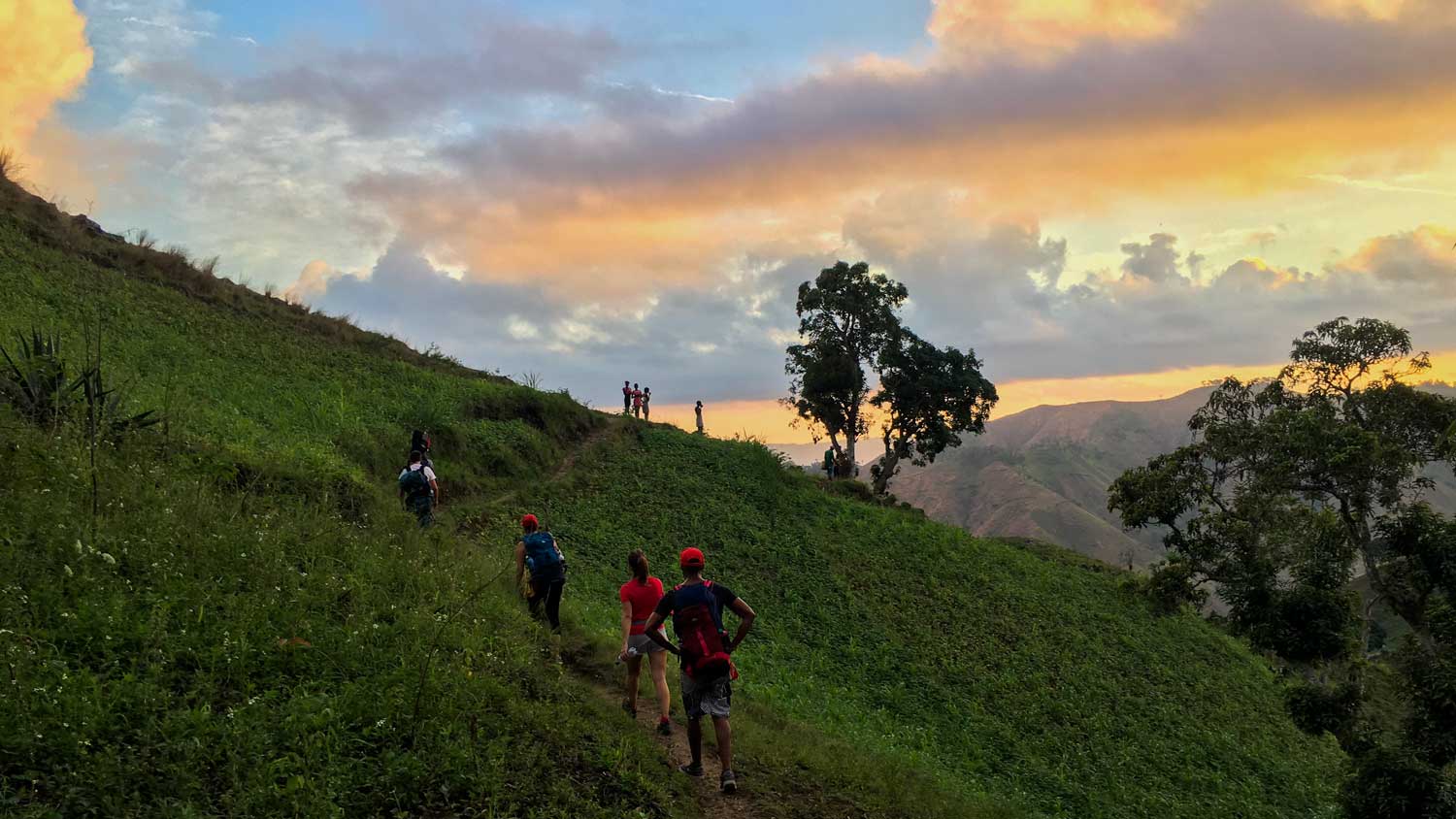
Photo: Tyler Welsh
Wet season key dates and events
May: generally the wettest month of the year, monsoon season is a great time for indoor exploration. If you’re interested in creative writing or storytelling, don’t miss the annual Krik-Krak storytellers festival.
June: Sunshine and blue skies – Without a doubt, the sunniest period of the year in Haiti is between the months of June and August. This is the perfect time to go around the country for some sightseeing – especially if you’re a fan of nature’s wonders!
July: Summer celebrations – Want to see how Haiti parties? The months of July, December, and January are your best bets. This is when promoters plan the biggest events of the year, all over the country – and there is something for everyone. If you love a good beach or festival-like party, Haiti is the place to be!
August-October: Hurricane season. Lighter rains compared to April-June, but the weather is less predictable. Like unpredictable weather in any city (or light snowfall in London!) hurricanes can knock out sections of Haiti’s transport and infrastructure. If you’re looking for festive color and celebration, best to book your trip for another time of year.
If you’re an experienced adventure traveller and don’t mind having to change plans at the last minute, the hurricane season is when you’ll get the cheapest flights and accommodation in Haiti.
Written by Kelly Paulemon.
Published December 2018
Our recommendations

Paradise for your inbox
Your monthly ticket to Haiti awaits! Get first-hand travel tips, the latest news, and inspiring stories delivered straight to your inbox—no spam, just paradise.





